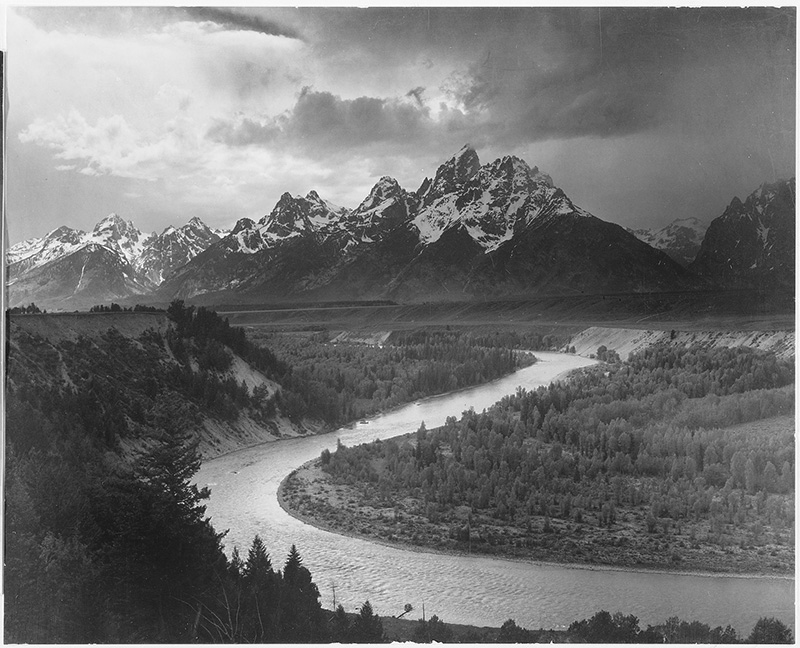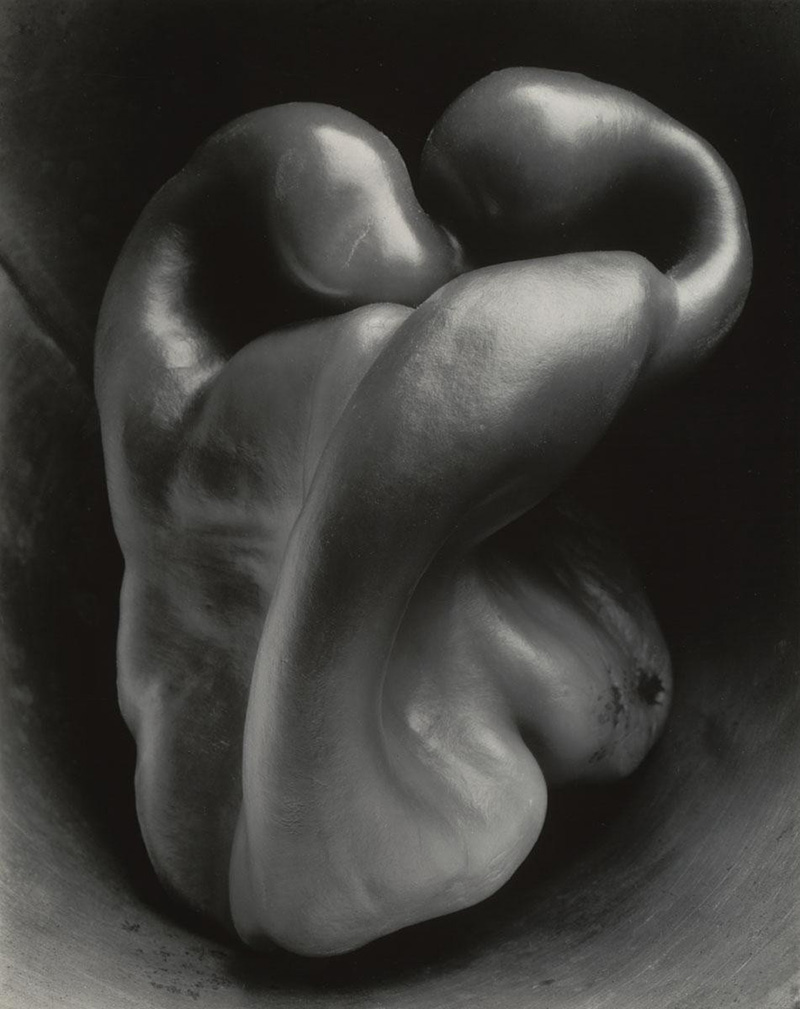• A Brief History of Group f/64 •
In the records of photography history, Ansel Adams stands as a towering figure, renowned for his breathtaking landscapes captured in stunning black and white. But behind the lens, Adams played a pivotal role in shaping the future of photography, mainly through the formation of Group f/64, a collective of like-minded photographers who shared a similar photographic vision.
Group f/64, named after the small aperture setting that ensures maximum depth of field and sharpness in an image, was formed in 1932 in San Francisco. Ansel Adams, along with fellow photographers Edward Weston, Imogen Cunningham, Willard Van Dyke, Sonya Noskowiak, and others, believed in the power of photographs that celebrated the intrinsic beauty of the world.
At the time, photography was still emerging from the shadow of pictorialism, a style that heavily manipulated images to create a painterly effect. Group f/64 represented a sharp departure from this tradition, advocating for photography that stayed true to the reality of found objects and natural subjects.
Ansel Adams, known for his pioneering work in the zone system, contributed significantly to Group f/64’s technical foundation. His expertise in achieving perfect exposure and tonal control became a guiding principle for the group’s members. This emphasis on technical mastery allowed them to capture the world in sharp detail, emphasizing the play of light and shadow, form, and texture.

“The Tetons – Snake River, Grand Teton National Park, Wyoming; From the series Ansel Adams Photographs of National Parks and Monuments, compiled 1941 – 1942, documenting the period ca. 1933 – 1942.

“Pepper No. 30. 1930″ Edward Weston
One of Group f/64’s defining moments was their first, and only, group exhibition at the de Young Memorial Museum in San Francisco in 1932. This event marked a turning point in photography history, showcasing a new way of seeing the world through the lens.
As the years passed, Group f/64 disbanded for various reasons. Some members felt the challenging economic effects of the Great Depression. Others moved to different locations, which made group interaction and exhibitions difficult. These reasons (and possibly others) eventually led to the group’s disbandment in the mid-1930s.
Despite their dissolution, Group f/64’s influence extended beyond the boundaries of the Bay Area. Their work laid the foundation for modern photography, inspiring generations of photographers to embrace the technical precision and sharp clarity they championed. The movement helped photography evolve into a legitimate art form in its own right.
In conclusion, Ansel Adams and the formation of Group f/64 marked a pivotal moment in the history of photography. Their unwavering commitment to the principles of pure photography reshaped the art form, setting a standard for technical excellence and realism that continues to inspire photographers today. Ansel Adams and his fellow f/64 members left an enduring legacy that reminds us of the power of capturing the world as it is, one image at a time, even as the group itself eventually disbanded.
I eagerly await new concepots and processes. I believe that the electronic image will be the next major advance. Such systems will have their own inherent and inescapable structural characteristics, and the artist and functional practitioner will again strive to comprehend and control them.
Learn More about Group f/64
Quite possibly the best book I have read on Group f/64, and what eventually inspired f.64 Academy was written by Mary Street Alinder and is available in many forms.